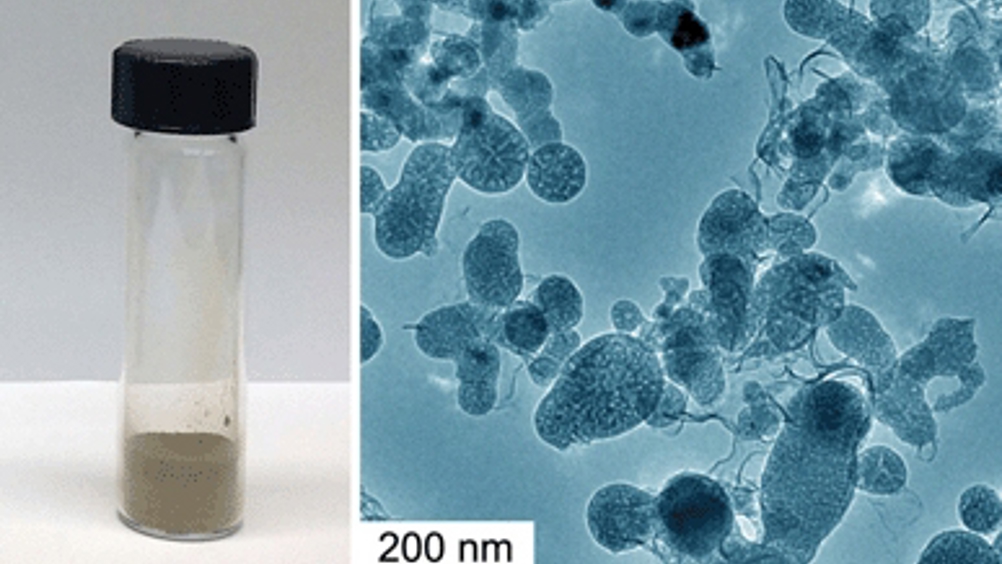Porous silicon particle anode 'triples capacity' of lithium-ion battery
Researchers at the University of Southern California (USC) have developed a new lithium-ion battery design that uses porous silicon nanoparticles in place of the traditional graphite anodes.

The new batteries - which could be used in anything from cell phones to hybrid cars - are claimed to hold three times as much energy as comparable graphite-based designs and recharge within 10 minutes. The design, currently under a provisional patent, could be commercially available within two to three years.
‘It’s an exciting research. It opens the door for the design of the next generation lithium-ion batteries,’ said Chongwu Zhou, professor at the USC Viterbi School of Engineering, who led the team that developed the battery.
Zhou worked with USC graduate students Mingyuan Ge, Jipeng Rong, Xin Fang and Anyi Zhang, as well as Yunhao Lu of Zhejiang University in China. Their research was published in Nano Research in January.
According to USC, researchers have long attempted to use silicon in battery anodes but previous designs broke down from repeated swelling and shrinking during charging/discharging cycles.
Last year, Zhou’s team experimented with porous silicon nanowires that are less than 100nm in diameter and just a few microns long. The pores on the nanowires allowed the silicon to expand and contract without breaking while simultaneously increasing the surface area, which in turn allowed lithium ions to diffuse in and out of the battery more quickly, improving performance.
Register now to continue reading
Thanks for visiting The Engineer. You’ve now reached your monthly limit of news stories. Register for free to unlock unlimited access to all of our news coverage, as well as premium content including opinion, in-depth features and special reports.
Benefits of registering
-
In-depth insights and coverage of key emerging trends
-
Unrestricted access to special reports throughout the year
-
Daily technology news delivered straight to your inbox










Water Sector Talent Exodus Could Cripple The Sector
Maybe if things are essential for the running of a country and we want to pay a fair price we should be running these utilities on a not for profit...